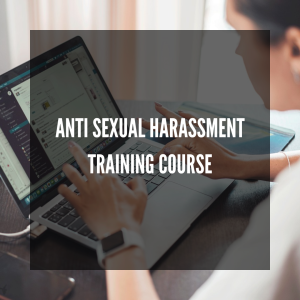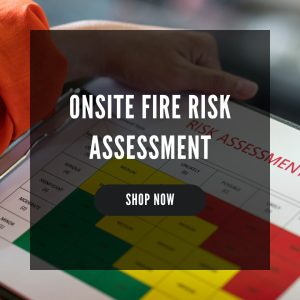Updated: 07/07/2023
Working at heights is one of the biggest culprits contributing to injuries and fatalities that occur in the workplace. In fact, 24% of worker deaths were caused by fatal injuries in 2021/22.
As an employer, it is crucial to prioritise safety and take necessary measures to protect employees – especially those who work at a height. In this blog post, we will discuss nine essential safety tips that can help ensure the well-being of your employees when working at heights.
What Does Working at Height Mean?
Working at height refers to any work where an employee could potentially fall and injure themselves. This includes examples such as working on a ladder, a roof, an opening in the floor or even a loading dock.
The Work at Height Regulations 2005 outline safety measures for such work. They require employers to avoid work at height when possible, assess risks, provide training, suitable equipment, and supervision, and have emergency procedures in place. Non-compliance can result in fines or prosecution.
9 Tips For Working At Height Safely
As an employer, you are responsible for ensuring the health and safety of your employees. This includes implementing the necessary safety measures to protect them when working at height as well as complying with the relevant legislation. There are also numerous safety tips you can enact in order to protect employees who work at height.
1. Conduct Working at Height Assessments
Performing regular risk assessments is crucial for identifying and mitigating potential hazards regarding working at height. Working at height assessments should be conducted annually and encompass all the risks faced by employees. By addressing these risks proactively, you can create a safer work environment.
2. Invest in Working at Height Personal Protective Equipment (PPE)
Ensure you provide appropriate personal protective equipment to your employees working at heights – fall arrest systems are legally required when working 2m or higher about the ground. Collective protective gear, such as scaffolds and fixed guardrails, along with personal protective equipment like harnesses and helmets, play a vital role in safeguarding employees. Consider factors such as the nature of tasks, the number of employees involved, task height, and location before selecting the right PPE.
3. Provide Comprehensive Working at Height Training
Implementing comprehensive working-at-height training programs is essential for educating employees about the risks associated with working at heights and teaching them preventive measures. Equip your employees with the necessary knowledge and skills to handle their tasks safely and efficiently.
4. Regular Maintenance of Safety Equipment
Having the right safety equipment is not enough; regular maintenance is equally important. Conduct inspections and maintenance checks on safety equipment to ensure it remains in good condition and performs effectively. Inspect items like harnesses annually and check other equipment before each use.
5. Encourage Effective Communication:
Establish a clear and efficient communication system between workers at height and those on the ground. This ensures seamless coordination, quick response to emergencies, and overall safety during work-at-height activities. Utilise tools and methods such as radios, hand signals, or digital communication devices to facilitate effective communication.
6. Foster a Safety Culture
Promote a strong safety culture within your organisation. Engage employees in safety initiatives, encourage reporting of near-miss incidents, and actively involve them in safety-related decisions. By fostering a culture where safety is valued and prioritised, you create a space where employees feel empowered to take responsibility for their own safety and the safety of their colleagues.
7. Implement Regular Safety Reviews
Regularly review and update your safety practices to ensure compliance with relevant legislation and best practices. Stay informed about the latest safety regulations and industry standards. Conduct periodic safety audits and assessments to identify areas for improvement and implement necessary changes.
8. Provide Adequate Supervision
Assign competent supervisors or managers to oversee work at height activities. Ensure they have the necessary knowledge, experience, and training to effectively supervise and manage tasks. Regularly monitor and evaluate their performance to maintain a safe working environment.
9. Promote Continuous Learning and Improvement
Encourage ongoing education and skill development related to working at heights. Keep employees updated on the latest safety guidelines, equipment advancements, and best practices through training sessions, workshops, or online resources. Foster a culture of continuous learning and improvement to enhance safety measures.
Like these Work-at-Height Safety Tips?
Working at height is dangerous work. As an employer, it is your responsibility to prioritise safety and take necessary measures to protect your employees. By implementing these nine essential safety tips discussed in this blog, you can create a safer work environment and ensure the well-being of your employees when working at heights.







